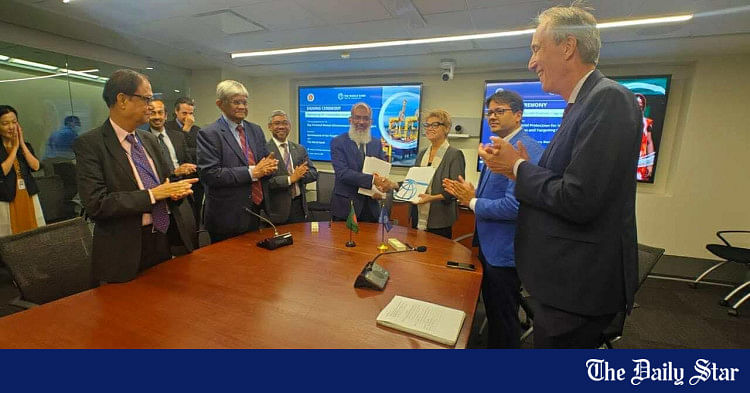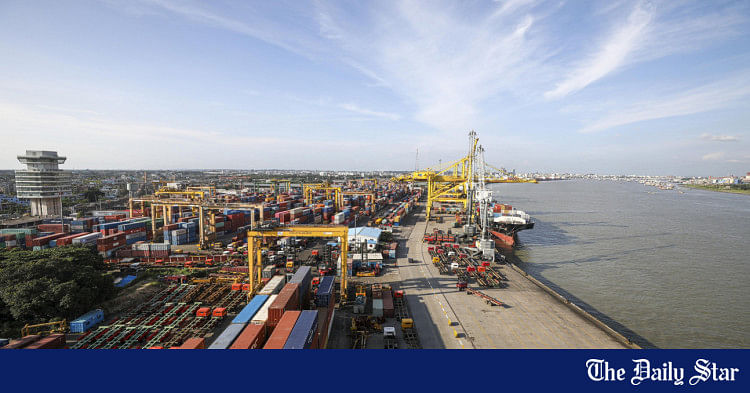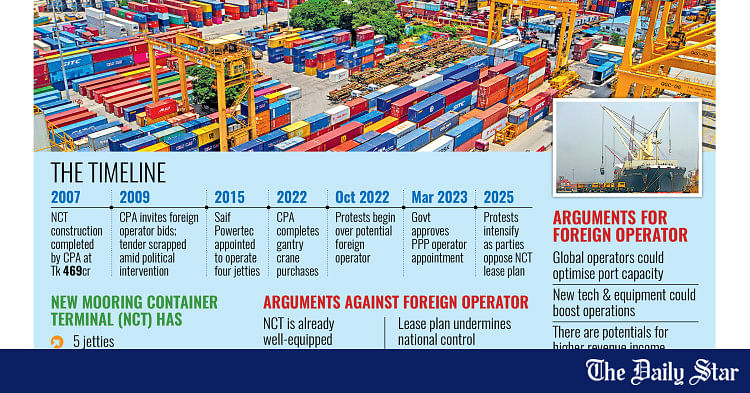- Copy to clipboard
- Moderator
- #106
- Messages
- 3,052
- Reaction score
- 1,517
Ending all speculation, the construction of the Matarbari deep container seaport is now starting. The construction of a terminal consisting of two jetties (one for containers and the other for bulk cargo such as crude oil and cereals) at a cost of 6,200 crore taka will begin immediately after signing of the agreement with the JICA-designated Japanese contractor consortium in Dhaka on April 22 last. Construction is slated to end around 2029, when container handling will formally commence.
Last edited:












